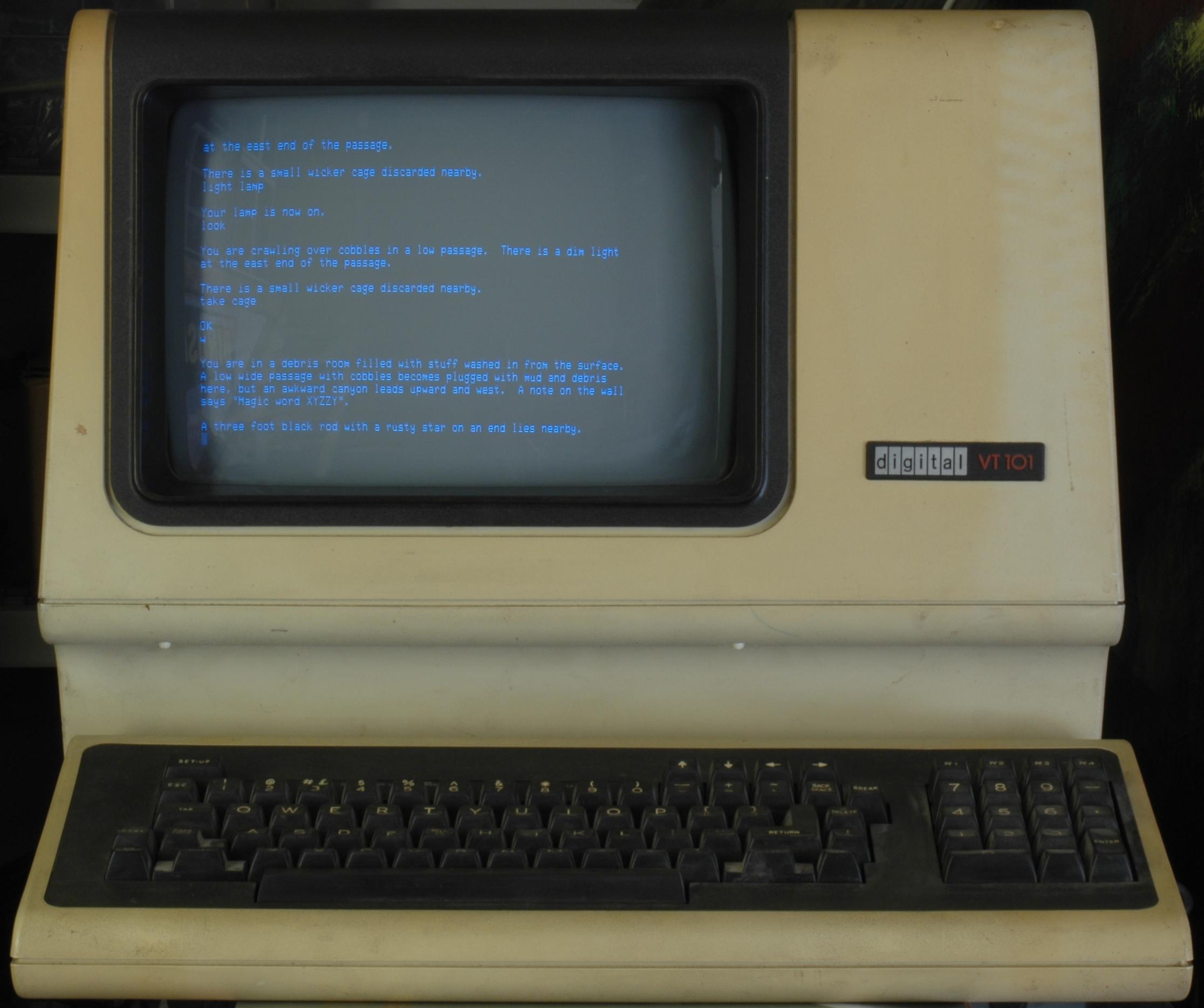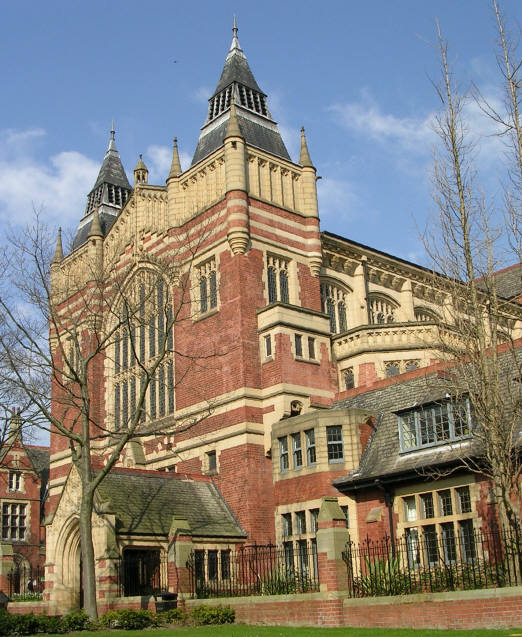|
VIsualizing STructures And Sequences
UTOPIA (User-friendly Tools for Operating Informatics Applications) is a suite of free tools for visualising and analysing bioinformatics data. Based on an ontology (information science), ontology-driven data model, it contains applications for viewing and aligning peptide sequence, protein sequences, rendering complex molecular structures in 3D, and for finding and using resources such as web services and data objects. There are two major components, the protein analysis suite and UTOPIA documents. Utopia Protein Analysis suite The Utopia Proteomics, Protein Analysis suite is a collection of interactive tools for analysing protein sequence and protein structure. Up front are user-friendly and responsive visualisation applications, behind the scenes a sophisticated model that allows these to work together and hides much of the tedious work of dealing with file formats and web services. Utopia Documents Utopia Documents brings a fresh new perspective to reading the scientific liter ... [...More Info...] [...Related Items...] OR: [Wikipedia] [Google] [Baidu] |
Terri Attwood
Teresa K. Attwood (born 20 November 1959) is a professor of Bioinformatics in the Department of Computer Science and School of Biological Sciences at the University of Manchester and a visiting fellow at the European Bioinformatics Institute (EMBL-EBI). She held a Royal Society University Research Fellowship at University College London (UCL) from 1993 to 1999 and at the University of Manchester from 1999 to 2002. Education Attwood gained her Bachelor of Science in Biophysics from the University of Leeds in 1982. She was awarded a PhD, also in Biophysics, two years later, in 1984 under the supervision of John E. Lydon studying chromonic mesophases. Research and career Attwood undertook postdoctoral research at Leeds until 1993, when she moved to University College London for five years before moving to the University of Manchester in 1999. Her research concerns protein sequence alignment and protein analysis. Inspired by the creation of PROSITE, Attwood developed a meth ... [...More Info...] [...Related Items...] OR: [Wikipedia] [Google] [Baidu] |
Sequence Alignment
In bioinformatics, a sequence alignment is a way of arranging the sequences of DNA, RNA, or protein to identify regions of similarity that may be a consequence of functional, structural biology, structural, or evolutionary relationships between the sequences. Aligned sequences of nucleotide or amino acid residues are typically represented as rows within a matrix (mathematics), matrix. Gaps are inserted between the Residue (chemistry), residues so that identical or similar characters are aligned in successive columns. Sequence alignments are also used for non-biological sequences such as calculating the Edit distance, distance cost between strings in a natural language, or to display financial data. Interpretation If two sequences in an alignment share a common ancestor, mismatches can be interpreted as point mutations and gaps as indels (that is, insertion or deletion mutations) introduced in one or both lineages in the time since they diverged from one another. In sequence ali ... [...More Info...] [...Related Items...] OR: [Wikipedia] [Google] [Baidu] |
Computational Science
Computational science, also known as scientific computing, technical computing or scientific computation (SC), is a division of science, and more specifically the Computer Sciences, which uses advanced computing capabilities to understand and solve complex physical problems. While this typically extends into computational specializations, this field of study includes: * Algorithms ( numerical and non-numerical): mathematical models, computational models, and computer simulations developed to solve sciences (e.g, physical, biological, and social), engineering, and humanities problems * Computer hardware that develops and optimizes the advanced system hardware, firmware, networking, and data management components needed to solve computationally demanding problems * The computing infrastructure that supports both the science and engineering problem solving and the developmental computer and information science In practical use, it is typically the application of compu ... [...More Info...] [...Related Items...] OR: [Wikipedia] [Google] [Baidu] |
Bioinformatics Software
{{short description, none The list of bioinformatics Bioinformatics () is an interdisciplinary field of science that develops methods and Bioinformatics software, software tools for understanding biological data, especially when the data sets are large and complex. Bioinformatics uses biology, ... software tools can be split up according to the license used: * List of proprietary bioinformatics software * List of open-source bioinformatics software Alternatively, here is a categorization according to the respective bioinformatics subfield specialized on: *Sequence analysis software ** List of sequence alignment software ** List of alignment visualization software ** Alignment-free sequence analysis ** De novo sequence assemblers ** List of gene prediction software ** List of disorder prediction software ** List of Protein subcellular localization prediction tools ** List of phylogenetics software ** List of phylogenetic tree visualization software ** :Metagenomics_software *S ... [...More Info...] [...Related Items...] OR: [Wikipedia] [Google] [Baidu] |
Java (programming Language)
Java is a High-level programming language, high-level, General-purpose programming language, general-purpose, Memory safety, memory-safe, object-oriented programming, object-oriented programming language. It is intended to let programmers ''write once, run anywhere'' (Write once, run anywhere, WORA), meaning that compiler, compiled Java code can run on all platforms that support Java without the need to recompile. Java applications are typically compiled to Java bytecode, bytecode that can run on any Java virtual machine (JVM) regardless of the underlying computer architecture. The syntax (programming languages), syntax of Java is similar to C (programming language), C and C++, but has fewer low-level programming language, low-level facilities than either of them. The Java runtime provides dynamic capabilities (such as Reflective programming, reflection and runtime code modification) that are typically not available in traditional compiled languages. Java gained popularity sh ... [...More Info...] [...Related Items...] OR: [Wikipedia] [Google] [Baidu] |
Unix
Unix (, ; trademarked as UNIX) is a family of multitasking, multi-user computer operating systems that derive from the original AT&T Unix, whose development started in 1969 at the Bell Labs research center by Ken Thompson, Dennis Ritchie, and others. Initially intended for use inside the Bell System, AT&T licensed Unix to outside parties in the late 1970s, leading to a variety of both academic and commercial Unix variants from vendors including University of California, Berkeley ( BSD), Microsoft (Xenix), Sun Microsystems ( SunOS/ Solaris), HP/ HPE ( HP-UX), and IBM ( AIX). The early versions of Unix—which are retrospectively referred to as " Research Unix"—ran on computers such as the PDP-11 and VAX; Unix was commonly used on minicomputers and mainframes from the 1970s onwards. It distinguished itself from its predecessors as the first portable operating system: almost the entire operating system is written in the C programming language (in 1973), which allows U ... [...More Info...] [...Related Items...] OR: [Wikipedia] [Google] [Baidu] |
Pull-down Menu
In user interface design, a menu is a list of options presented to the user. Navigation A user chooses an option from a menu by using an input device. Some input methods require linear navigation: the user must move a cursor or otherwise pass from one menu item to another until reaching the selection. On a computer terminal, a reverse video bar may serve as the cursor. Touch user interfaces and menus that accept codes to select menu options without navigation are two examples of non-linear interfaces. Some of the input devices used in menu interfaces are touchscreens, keyboards, mice, remote controls, and microphones. In a voice-activated system, such as interactive voice response, a microphone sends a recording of the user's voice to a speech recognition system, which translates it to a command. Types of menus A computer using a command line interface may present a list of relevant commands with assigned short-cuts (digits, numbers or characters) on the screen. Ente ... [...More Info...] [...Related Items...] OR: [Wikipedia] [Google] [Baidu] |
VT100
The VT100 is a video terminal, introduced in August 1978 by Digital Equipment Corporation (DEC). It was one of the first terminals to support ANSI escape codes for cursor control and other tasks, and added a number of extended codes for special features like controlling the status lights on the keyboard. This led to rapid uptake of the ANSI standard, which became the de facto standard for hardware video terminals and later terminal emulators. The VT100 series, especially the VT102, was extremely successful in the market, and made DEC the leading terminal vendor at the time. The VT100 series was replaced by the VT200 series starting in 1983, which proved equally successful. Ultimately, over six million terminals in the VT series were sold, based largely on the success of the VT100. Description DEC's first video terminal was the VT05 (1970), succeeded by the VT50 (1974), and soon upgraded to the VT52 (1975). The VT52 featured a text display with 80 columns and 24 rows, bidire ... [...More Info...] [...Related Items...] OR: [Wikipedia] [Google] [Baidu] |
OpenVMS
OpenVMS, often referred to as just VMS, is a multi-user, multiprocessing and virtual memory-based operating system. It is designed to support time-sharing, batch processing, transaction processing and workstation applications. Customers using OpenVMS include banks and financial services, hospitals and healthcare, telecommunications operators, network information services, and industrial manufacturers. During the 1990s and 2000s, there were approximately half a million VMS systems in operation worldwide. It was first announced by Digital Equipment Corporation (DEC) as VAX/VMS (''Virtual Address eXtension/Virtual Memory System'') alongside the VAX-11/780 minicomputer in 1977. OpenVMS has subsequently been ported to run on DEC Alpha systems, the Itanium-based HPE Integrity Servers, and select x86-64 hardware and hypervisors. Since 2014, OpenVMS is developed and supported by VMS Software Inc. (VSI). OpenVMS offers high availability through computer cluster, clustering—the ability t ... [...More Info...] [...Related Items...] OR: [Wikipedia] [Google] [Baidu] |
G Protein-coupled Receptor
G protein-coupled receptors (GPCRs), also known as seven-(pass)-transmembrane domain receptors, 7TM receptors, heptahelical receptors, serpentine receptors, and G protein-linked receptors (GPLR), form a large group of evolutionarily related proteins that are cell surface receptors that detect molecules outside the cell and activate cellular responses. They are coupled with G proteins. They pass through the cell membrane seven times in the form of six loops (three extracellular loops interacting with ligand molecules, three intracellular loops interacting with G proteins, an N-terminal extracellular region and a C-terminal intracellular region) of amino acid residues, which is why they are sometimes referred to as seven-transmembrane receptors. Text was copied from this source, which is available under Attribution 2.5 Generic (CC BY 2.5) licence/ref> Ligands can bind either to the extracellular N-terminus and loops (e.g. glutamate receptors) or to the binding site wi ... [...More Info...] [...Related Items...] OR: [Wikipedia] [Google] [Baidu] |
University Of Leeds
The University of Leeds is a public research university in Leeds, West Yorkshire, England. It was established in 1874 as the Yorkshire College of Science. In 1884, it merged with the Leeds School of Medicine (established 1831) and was renamed Yorkshire College. It became part of the federal Victoria University (UK), Victoria University in 1887, joining Owens College (which became the University of Manchester) and University College Liverpool (which became the University of Liverpool).Charlton, H. B. (1951) ''Portrait of a University''. Manchester: U. P.; chap. IV In 1904, a royal charter was granted to the University of Leeds by Edward VII, King Edward VII. Leeds is the list of universities in the United Kingdom by enrolment, tenth-largest university in the United Kingdom by total enrolment and receives over 68,000 undergraduate applications per year, making it the fourth-most popular university (behind University of Manchester, Manchester, University College London and King's C ... [...More Info...] [...Related Items...] OR: [Wikipedia] [Google] [Baidu] |







